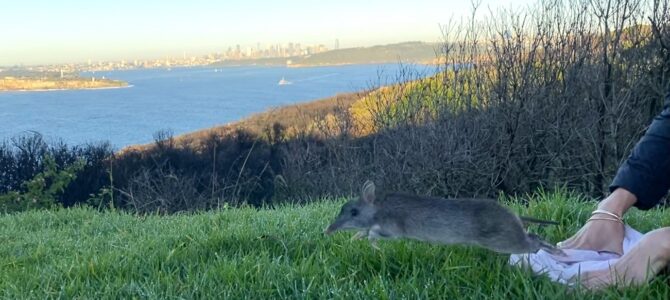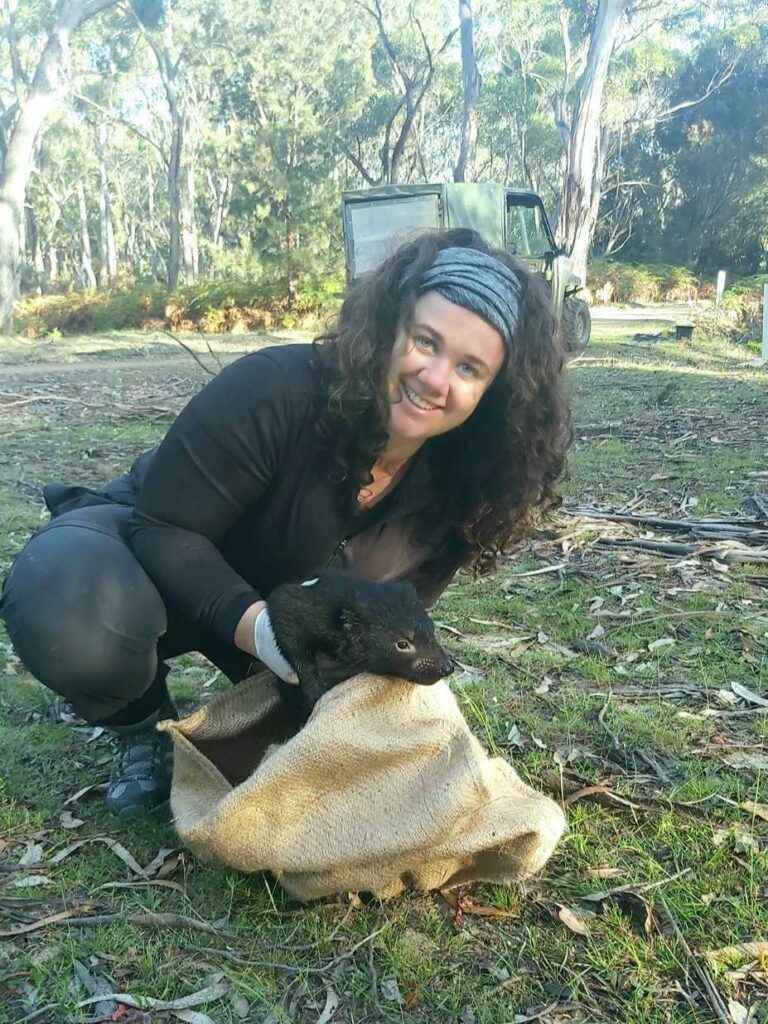Type: Journal Article
Reference: Schraven, A. L., Hogg, C. J., & Grueber, C. E. (2024). Tasmanian devil (Sarcophilus harrisii) gene flow and source-sink dynamics. Global Ecology and Conservation, 52, e02960. https://doi.org/10.1016/j.gecco.2024.e02960
Abstract
Increased access to genetic data has substantially improved how we manage threatened species. The Tasmanian devil (Sarcophilus harrisii) is listed as endangered due to the ongoing threat of a highly contagious cancer, devil facial tumour disease (DFTD), causing more than 80% population reductions. To assist future management interventions (e.g. releases into wild sites) we expanded upon previous studies of gene flow for the devil by assessing more recent and broad-scale patterns. We use genome-wide single nucleotide polymorphisms generated via DArTSeq across 21 devil sites to delineate source-sink dynamics across the species’ range. Our findings revealed gene flow is stronger on the northeast and central regions of Tasmania, with high rates of bidirectional gene flow among central sites. The northwest exhibits weaker connectivity relative to other regions of Tasmania, while gene flow appears to be non-existent between the southwest and other areas. Northeast coastal sites tend to serve as ‘sources’ for inland central sites, whereas gene flow appears restricted to the coastline in the northwest. These results are consistent with genetic structure of devil sites and spatial spread of DFTD, which has yet to arrive in the southwest region of Tasmania. Southwest isolation is probably due to mountain ranges and lack of roadways. Interestingly, some waterbodies did not appear to restrict devil movement among sites. Conversely, areas of high elevation act as apparent barriers, as evidenced by limited gene flow observed between eastern and western sites. Integrating source-sink dynamics into conservation management planning will be crucial in developing effective strategies to safeguard the Tasmanian devil and other threatened species facing similar threats (i.e. disease, habitat loss).


